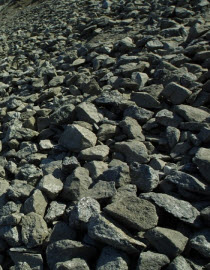


South Korea's Nuclear Safety and Security Commission approved the operation of Unit 3 at the Saeul Nuclear Power Plant (formerly k...
Duke Energy has submitted an early site permit application (ESP) to the US Nuclear Regulatory Commission for a site near the Belew...
Global Atomic Corp. continues to advance its Dasa Uranium Project in the Republic of Niger with the mine being extended both verti...
USA: Duke Energy Submits Early Site Permit Application for Potential New Nuclear Development in North Carolina; https://t.co/sPcS0OcGSg #NuclearEnergy #NuclearPower #CleanEnergy
— TradeTech (@U3O8TradeTech) December 30, 2025
Uranium 101 - Uranium Extraction Methods
